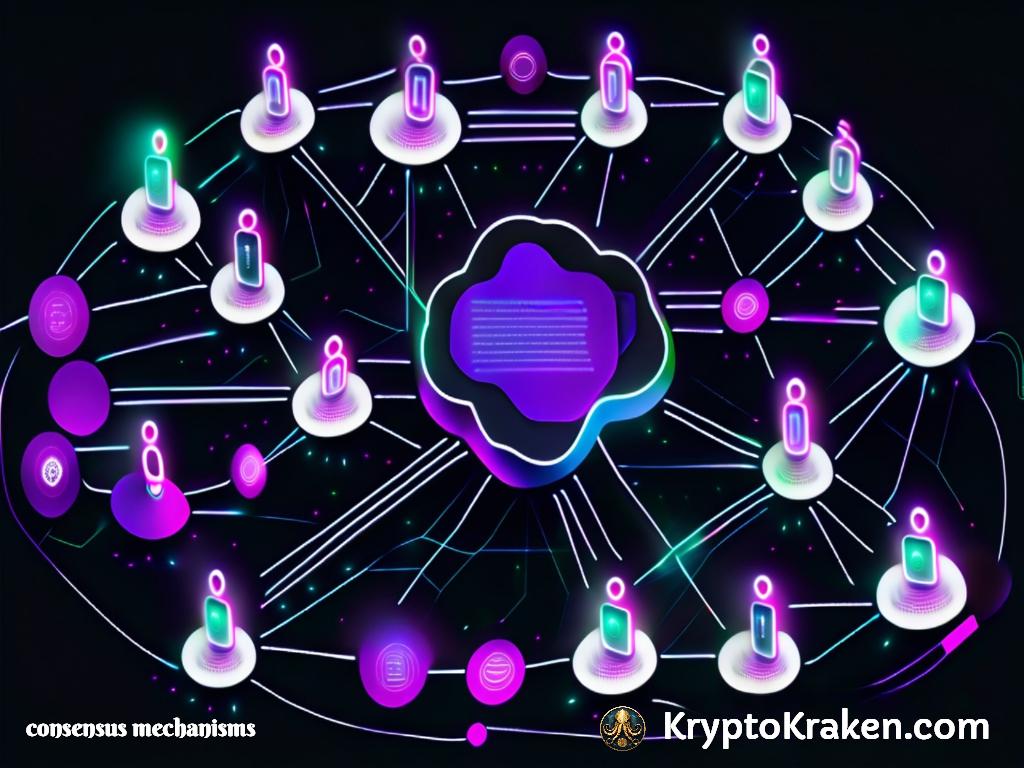
- August 24, 2023
- Dennis Frank
- 1
Table of Contents
What Is Proof of Authority (PoA) and How Does It Work?
Proof of Authority (PoA) is a consensus mechanism used in blockchain networks to validate transactions and secure the network. Unlike other consensus mechanisms like Proof of Work (PoW) and Proof of Stake (PoS), PoA relies on a select group of validators known as authorities to verify and validate transactions. In this article, we will explore the concept of Proof of Authority and delve into its working mechanism.
Understanding the Concept of Proof of Authority (PoA)
Before we dive into the working of PoA, let’s establish a clear definition of what Proof of Authority entails. PoA is a consensus algorithm that relies on a predetermined set of trusted authorities to validate transactions. These authorities are responsible for maintaining the integrity and security of the blockchain network.
Definition of Proof of Authority
Proof of Authority, at its core, is a consensus mechanism used in blockchain networks to achieve consensus without the need for computationally expensive mining. Instead of miners competing to solve complex mathematical puzzles, PoA relies on trusted authorities who verify transactions and create blocks.
The Origin of Proof of Authority
The concept of Proof of Authority was first introduced in 2017 by developers associated with the blockchain project called Ethereum. It was designed as an alternative to the energy-intensive PoW mechanism that is used in Bitcoin and many other blockchains. PoA aims to address the scalability and efficiency issues associated with other consensus algorithms.
When it comes to the working of Proof of Authority, it is essential to understand the role of the trusted authorities. These authorities are typically selected based on their reputation, expertise, or stake in the network. They are responsible for validating transactions and creating new blocks. In PoA, the authority to create blocks is not based on computational power or random selection, but on the trust placed in these authorities.
One of the key advantages of PoA is its efficiency. Since the trusted authorities are known entities, the consensus process can be much faster compared to other consensus algorithms. This makes PoA an attractive option for applications that require high transaction throughput and low confirmation times.
Another important aspect of PoA is the ability to handle certain types of attacks. In a PoA network, malicious actors would need to gain control of a majority of the trusted authorities to manipulate the blockchain. This makes it more difficult for attackers to carry out a 51% attack, where they control the majority of the computational power in a network.
However, PoA does have its limitations. One of the main concerns is the centralization of power in the hands of the trusted authorities. Since the consensus is dependent on a small group of entities, there is a risk of collusion or corruption. This can undermine the decentralization and security aspects that blockchain technology aims to achieve.
Despite these limitations, Proof of Authority has found applications in various blockchain projects. It offers a viable alternative to other consensus mechanisms, especially in private or consortium blockchains where trust among participants can be established more easily.
In conclusion, Proof of Authority is a consensus algorithm that relies on trusted authorities to validate transactions and create new blocks. It offers advantages such as efficiency and resistance to certain types of attacks, but also comes with concerns related to centralization. As blockchain technology continues to evolve, PoA will likely continue to play a role in shaping the future of decentralized systems.
The Mechanism Behind Proof of Authority
Now that we have a grasp on the concept of PoA, let’s delve into its working mechanism and understand how it ensures consensus in a blockchain network.
How PoA Works
In a Proof of Authority network, validators are chosen based on their reputation, identity, or voting power within the system. These validators play a crucial role in maintaining the integrity of the network by validating and creating new blocks. Unlike PoW or PoS, where participants compete against each other, PoA relies on a cooperative model.
When a transaction is initiated in a PoA network, the designated authority validates the transaction and adds it to the block. Since the authorities are known and trusted, there is no need for complex computations or mining. This results in significantly faster transaction confirmation times.
The Role of Validators in PoA
Validators in a PoA network are typically entities or individuals with high credibility and trust within the network. They are responsible for maintaining the network’s security and integrity by validating and confirming transactions. Validators are selected based on their reputation, expertise, and trustworthiness, ensuring that only reliable entities have the power to validate transactions.
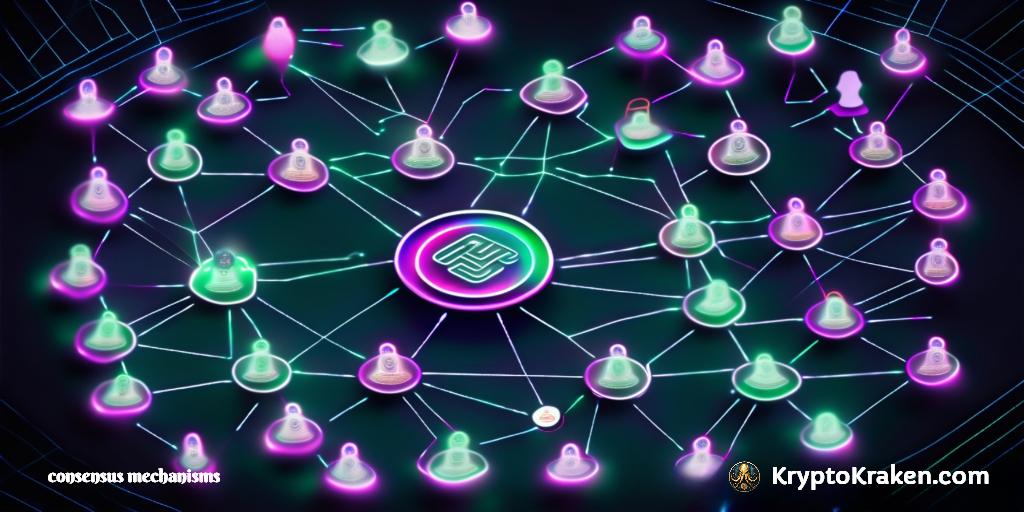
Comparing Proof of Authority with Other Consensus Mechanisms
Now that we clearly understand how PoA works, let’s explore the different types of consensus mechanisms in blockchain, namely Proof of Stake and Proof of Work.
Proof of Authority vs Proof of Stake
While both PoA and PoS aim to address the scalability issues of PoW, they differ in their underlying principles. While PoA relies on trusted authorities, PoS selects validators based on the number of tokens they hold. PoA provides greater transaction finality and faster confirmation times compared to PoS, as it does not rely on lengthy stake-based processes.
Proof of Authority vs Proof of Work
Unlike PoW, where participants compete to solve complex mathematical puzzles, PoA eliminates the need for such energy-intensive computations. PoA achieves consensus by relying on trusted authorities, vastly improving the energy efficiency of the blockchain network. This makes PoA a more sustainable and scalable alternative to Proof of Work (PoW).
Advantages and Disadvantages of Proof of Authority
Like any consensus mechanism, PoA comes with its own set of advantages and disadvantages. Let’s explore both sides of the coin below.
Benefits of Using PoA
One of the main advantages of PoA is the high transaction throughput and fast confirmation times it offers. Since validators in a PoA network are known and trusted, the consensus process is streamlined, resulting in efficient transaction validation. Additionally, PoA reduces the reliance on computational power, making it more energy-efficient and environmentally friendly.
Potential Drawbacks of PoA
Despite its advantages, PoA is not without its limitations. One of the main concerns with PoA is the potential centralization of power. Since the selection of validators is controlled by a small group, there is a risk of collusion or compromised security. Another challenge is the scalability of PoA networks, as the number of authorities is limited, and expanding the network can be challenging.
Real-World Applications of Proof of Authority
As Proof of Authority gains recognition as an alternative consensus mechanism, it finds application in various real-world scenarios. Let’s explore some of the use cases of PoA in blockchain technology.
Use Cases of PoA in Blockchain Technology
One notable application of PoA is in private blockchain networks where trust among participants is established. PoA allows for faster and more secure transaction validation, making it suitable for enterprise use cases such as supply chain management, healthcare records, and financial transactions.
Companies Utilizing PoA
Several companies have embraced PoA as a consensus mechanism to achieve scalability and efficiency in their blockchain networks. One prominent example is the VeChain blockchain, which utilizes PoA to ensure fast and reliable transactions for its enterprise clients in industries like luxury goods and agriculture.
Conclusion
In conclusion, Proof of Authority is a consensus mechanism that relies on trusted authorities to validate transactions in a blockchain network. By eliminating the need for energy-intensive computations, PoA offers faster transaction confirmation, scalability, and energy efficiency. While it has its advantages and disadvantages, PoA finds application in various real-world scenarios and is a promising solution for achieving consensus in blockchain networks. I’ve included the article about these consensus mechanisms in a more comprehensive guide titled: What is the Primary Purpose of Consensus Mechanisms in Blockchain
For those of you that enjoy watching video on this subject and more. see the KryptoKraken Video Series













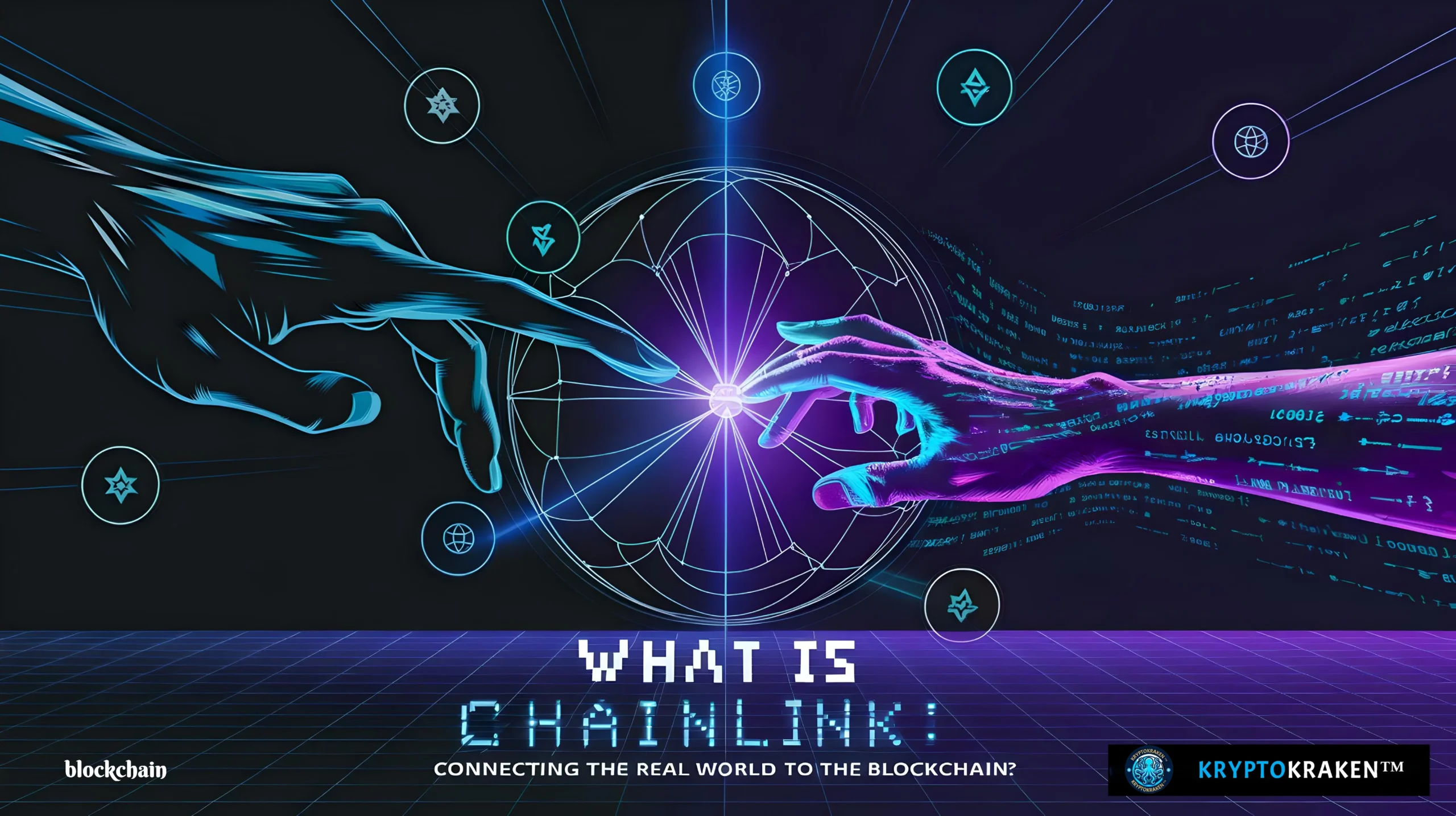
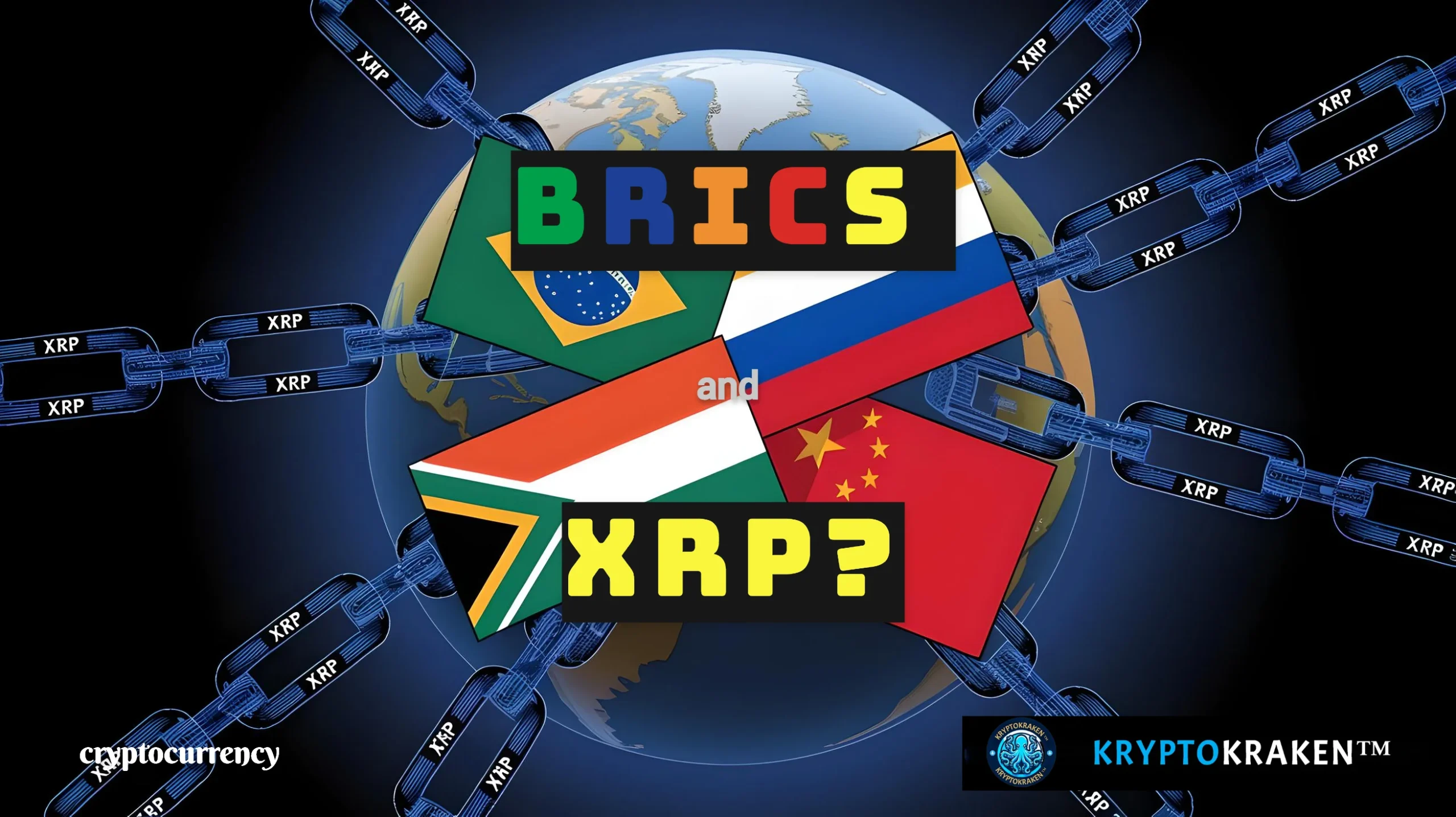




























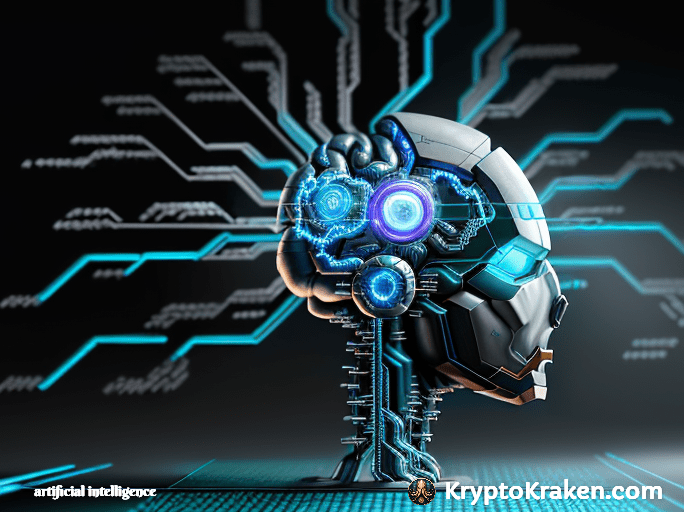


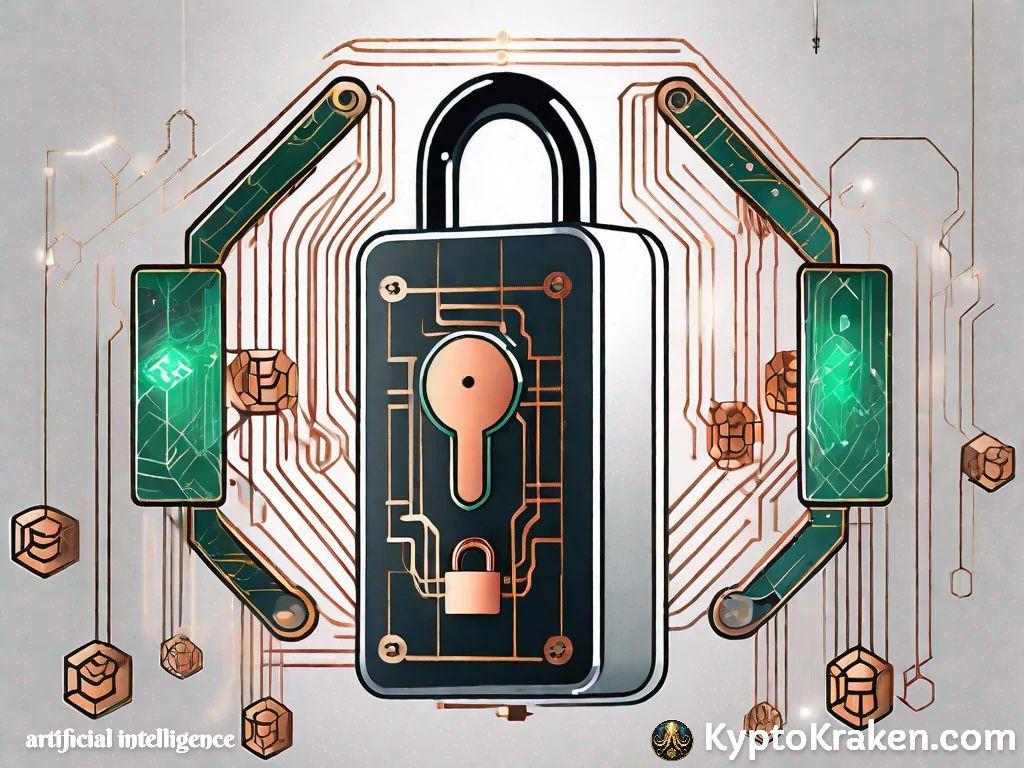


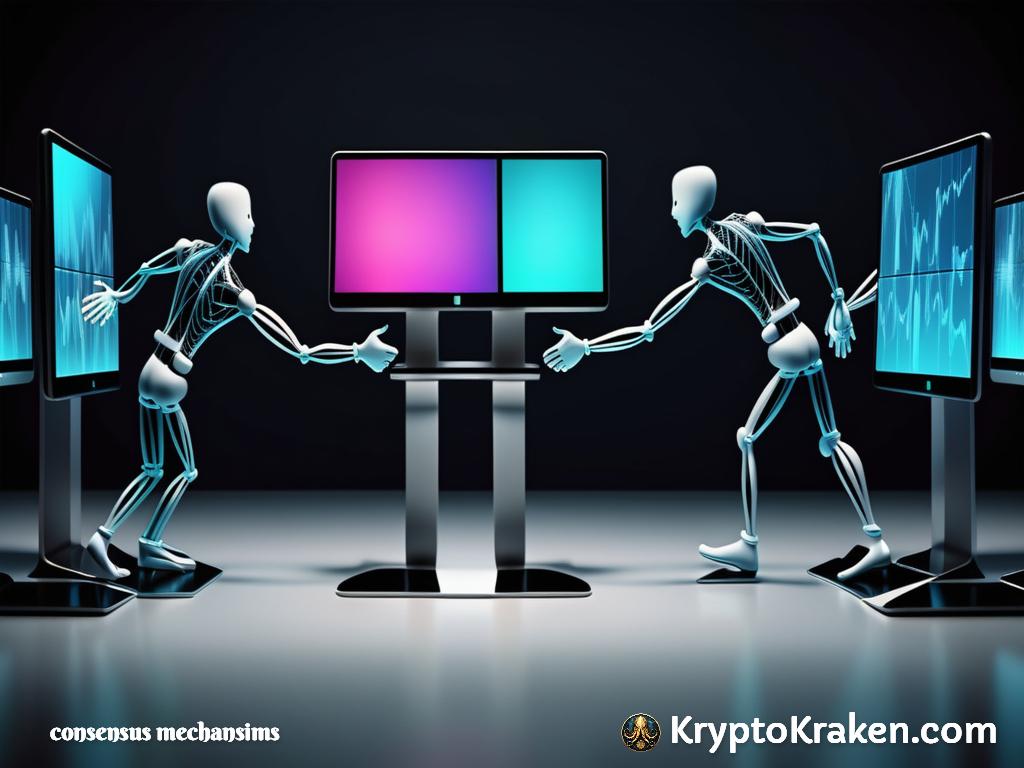


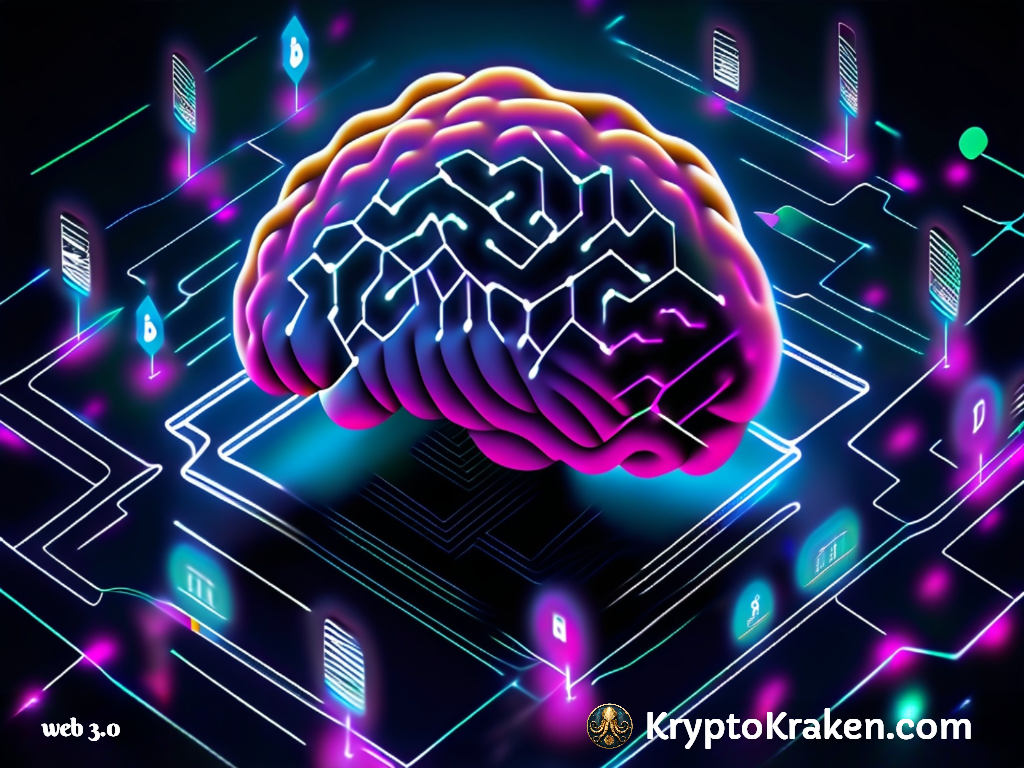
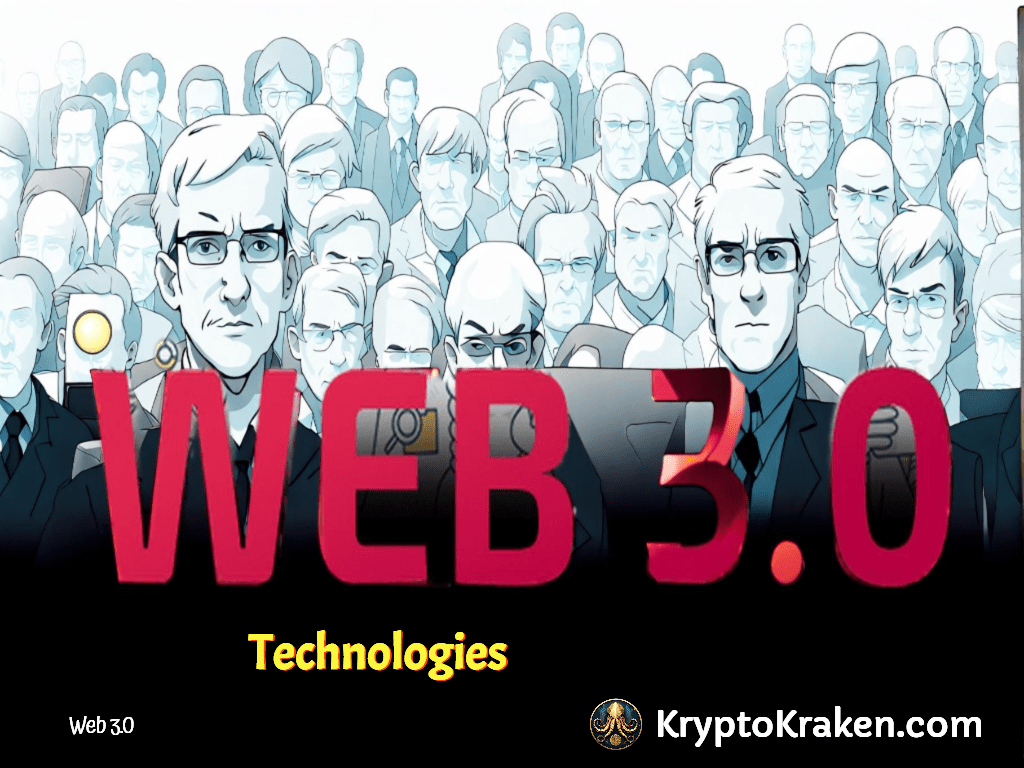















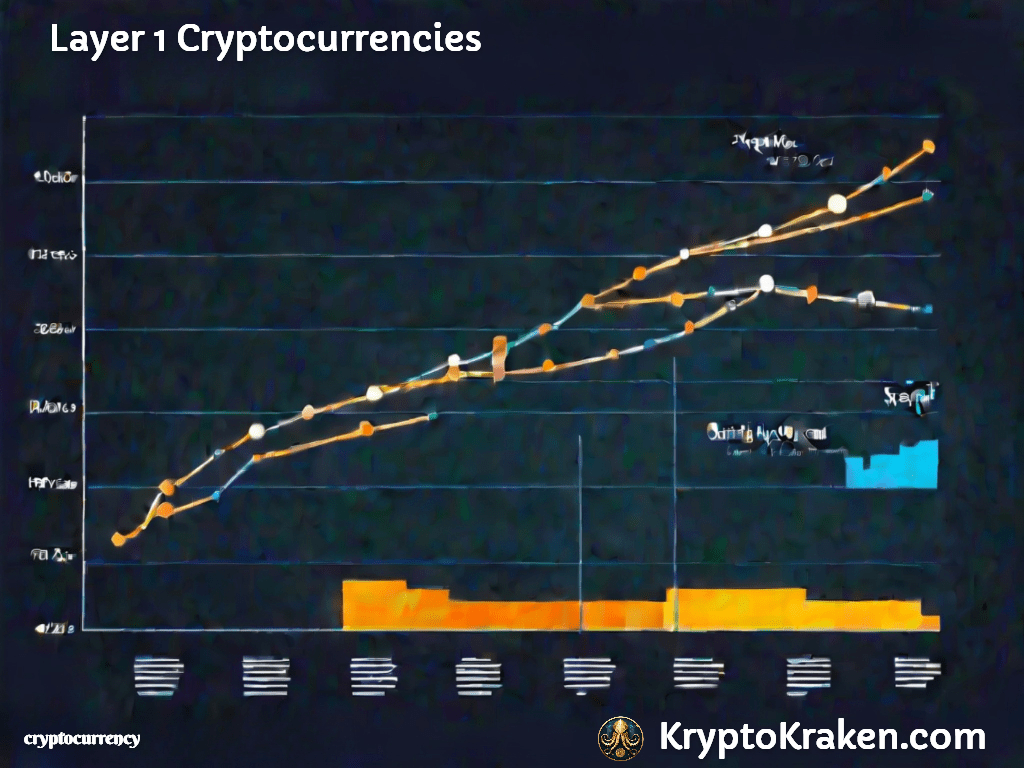


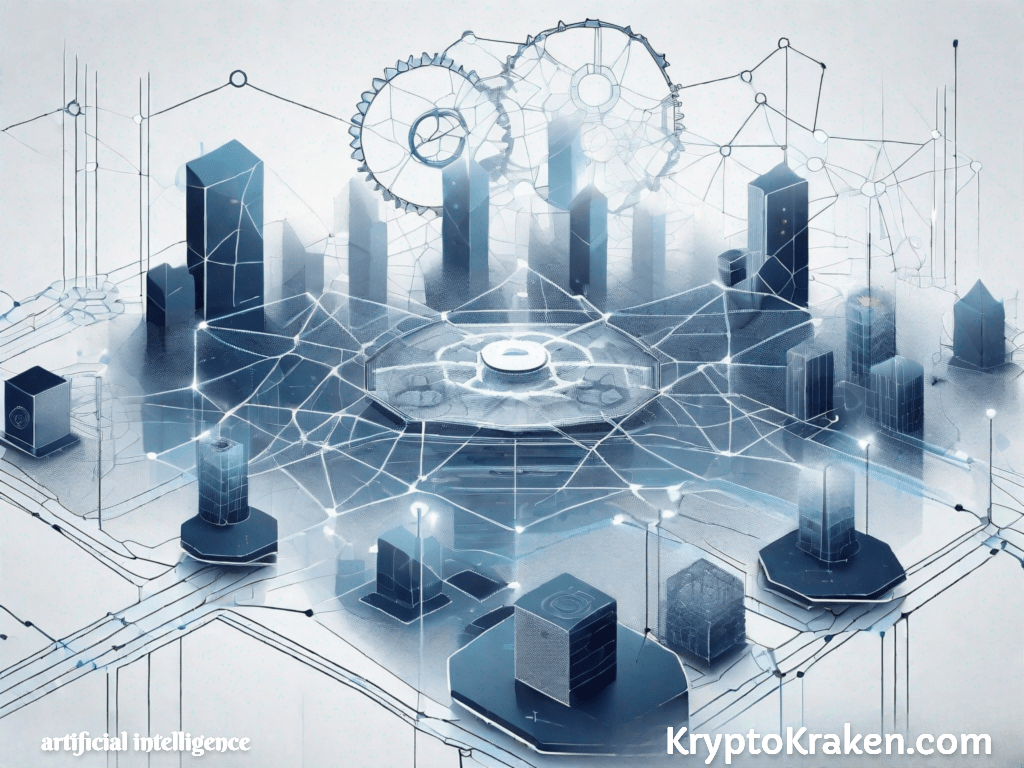
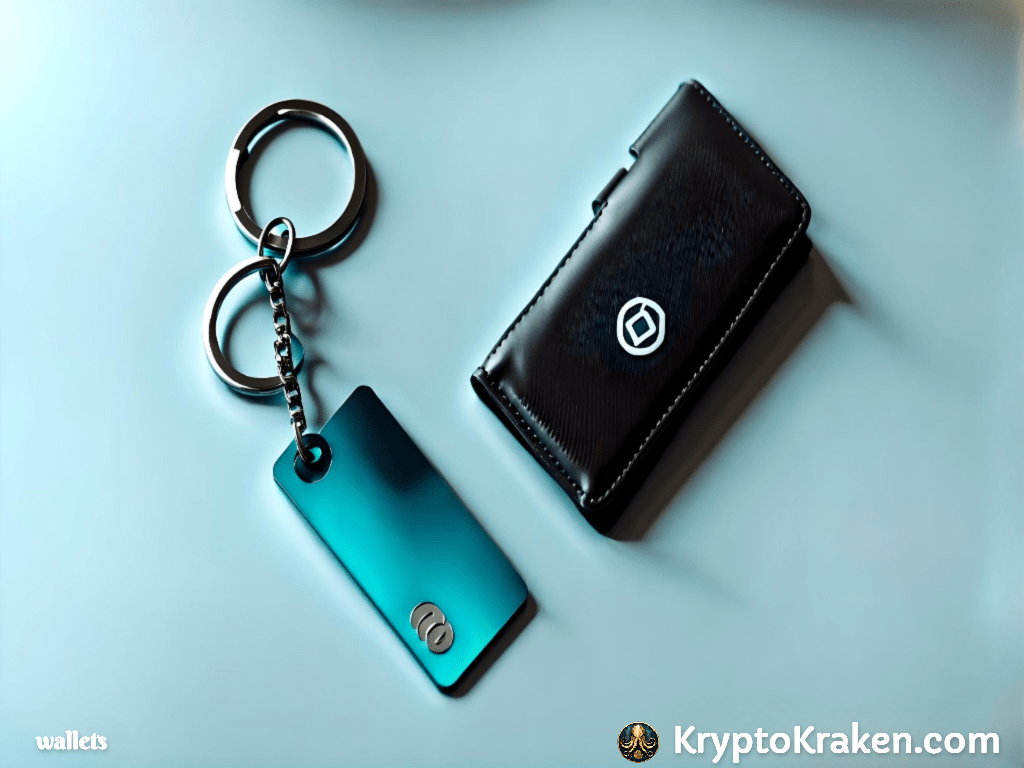
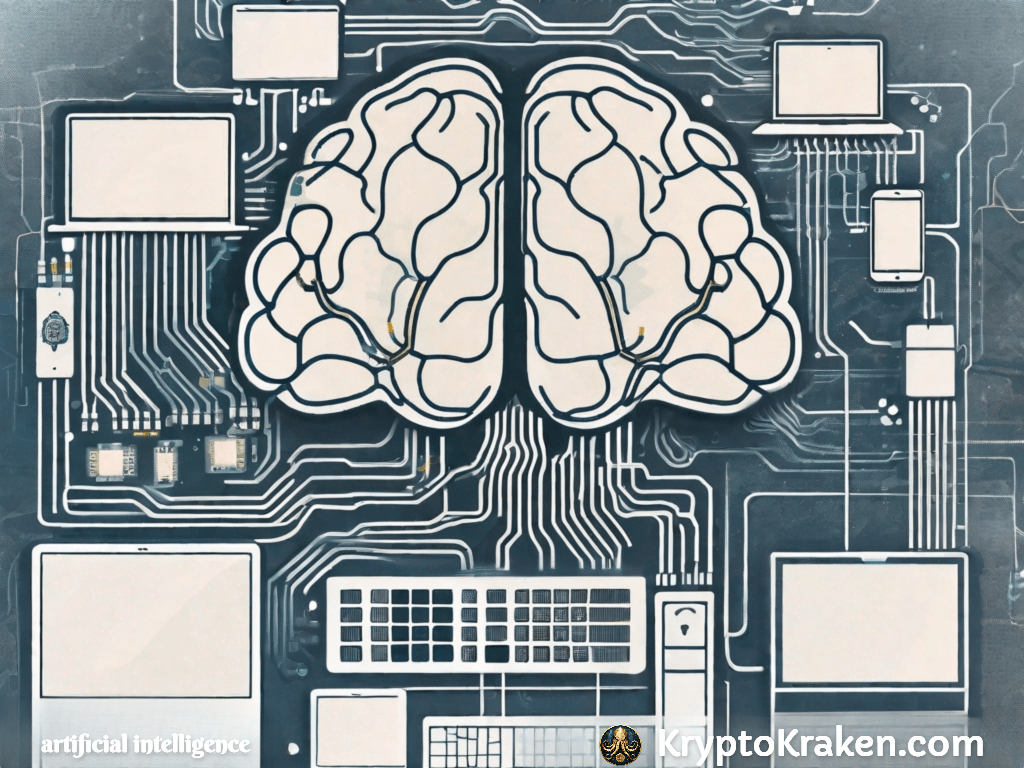

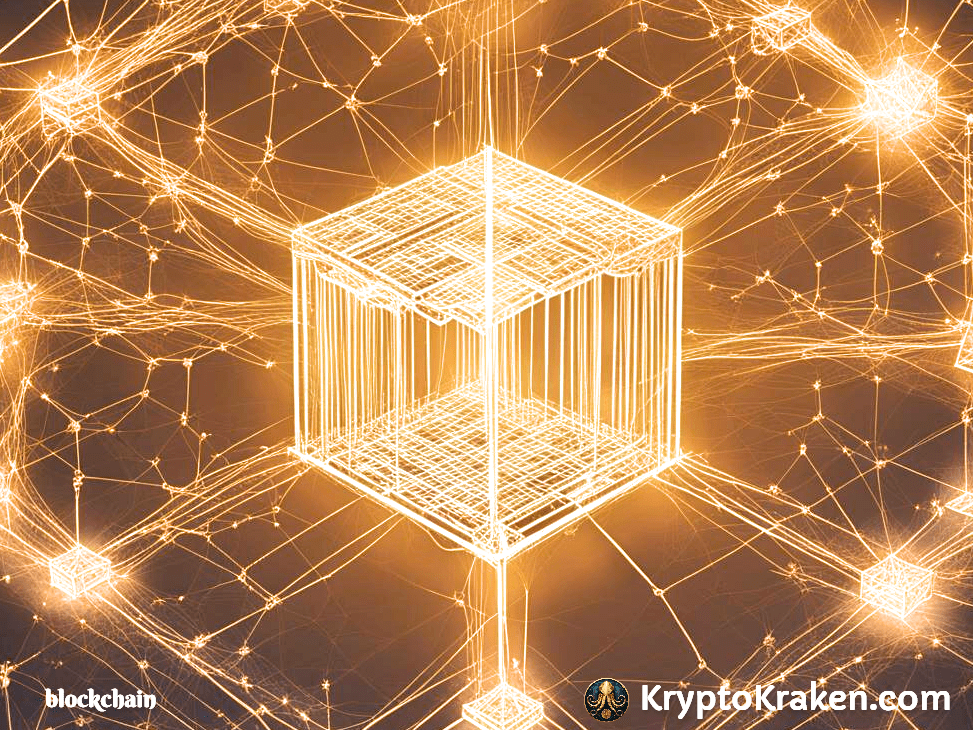

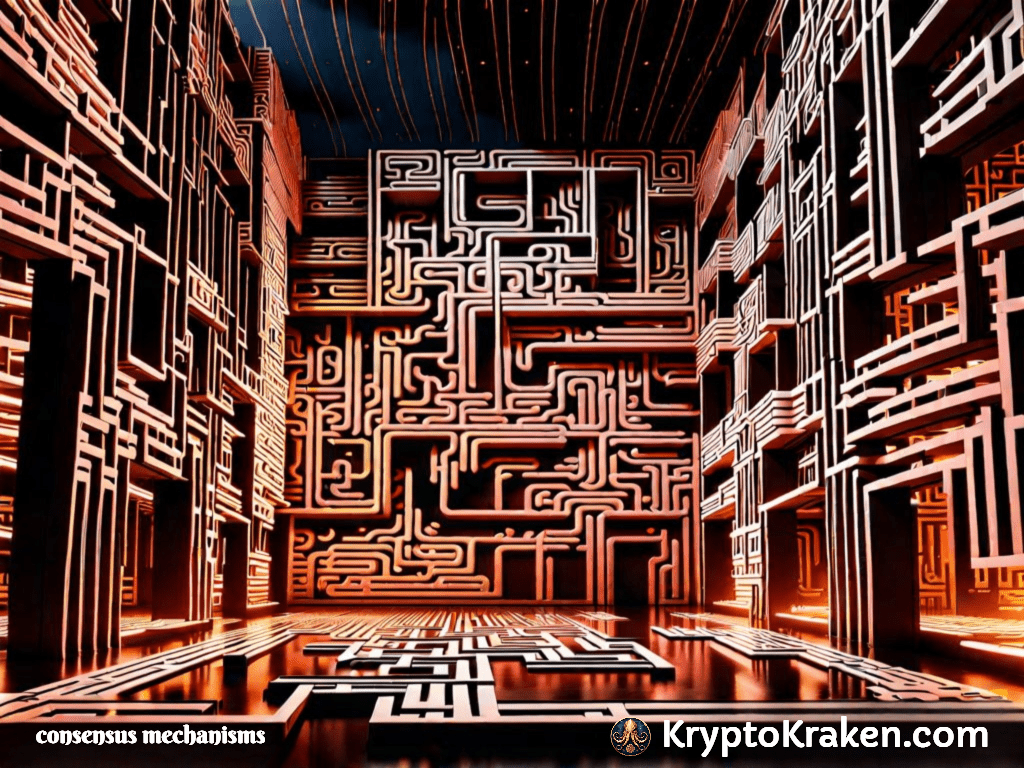

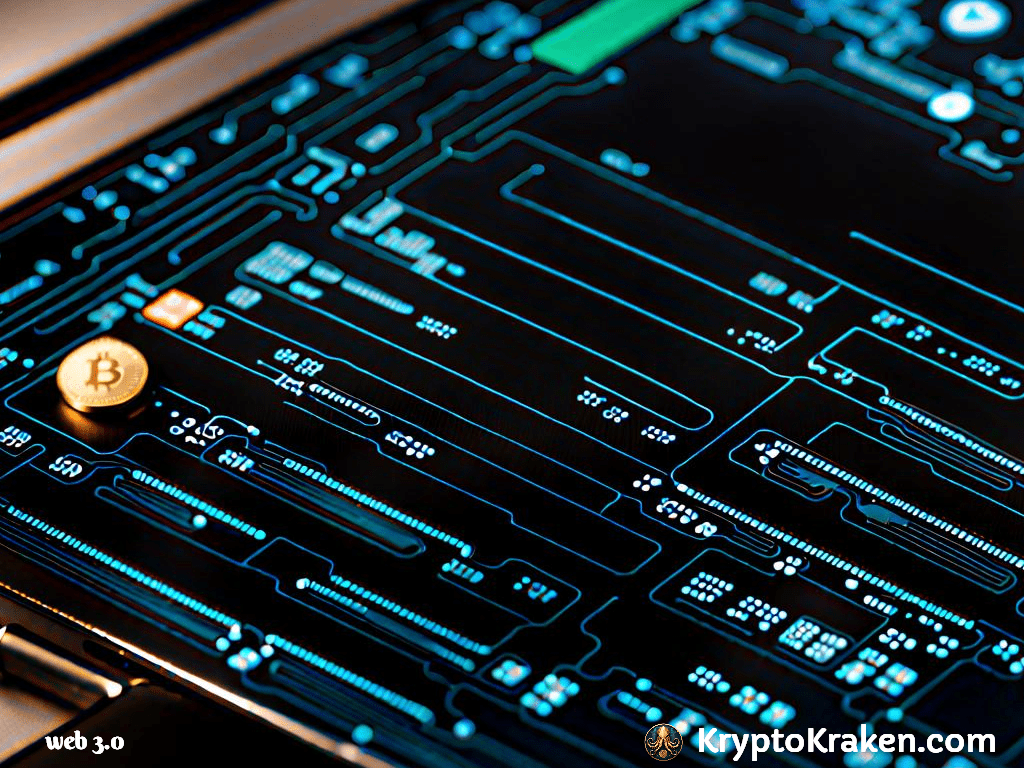





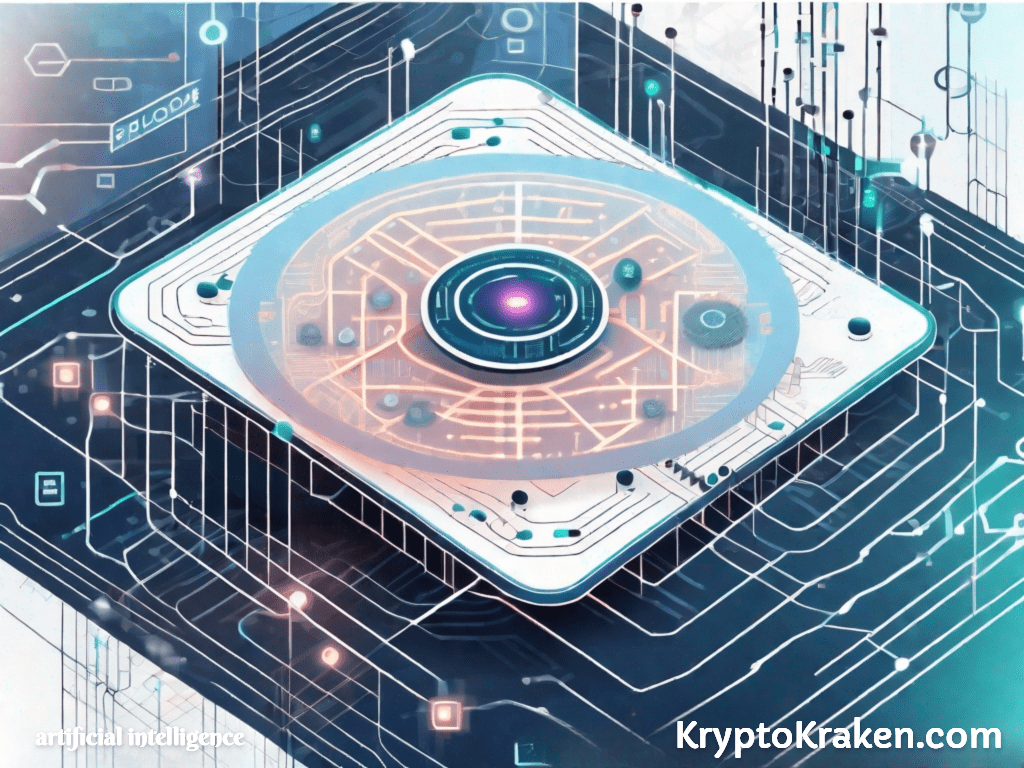
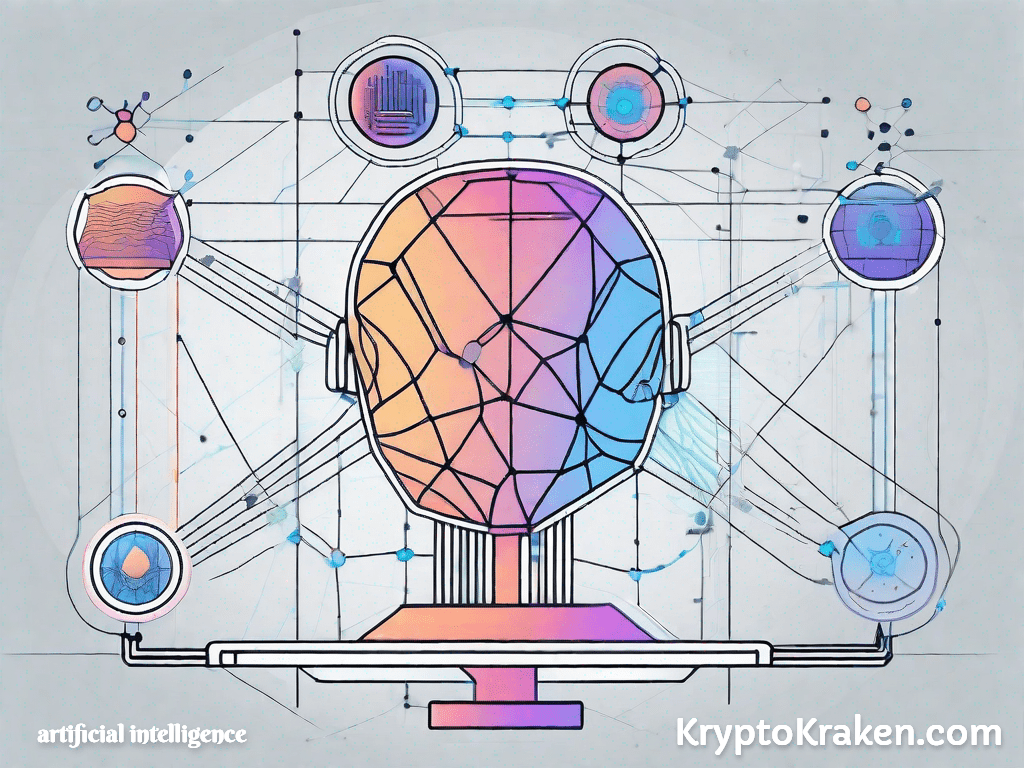



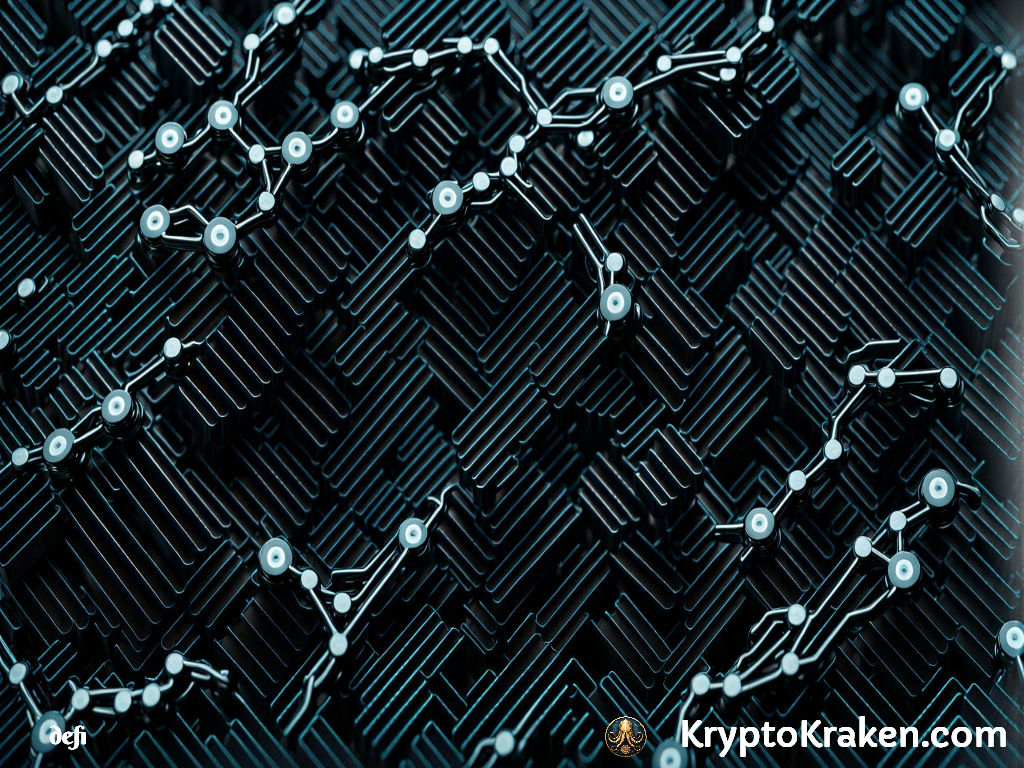
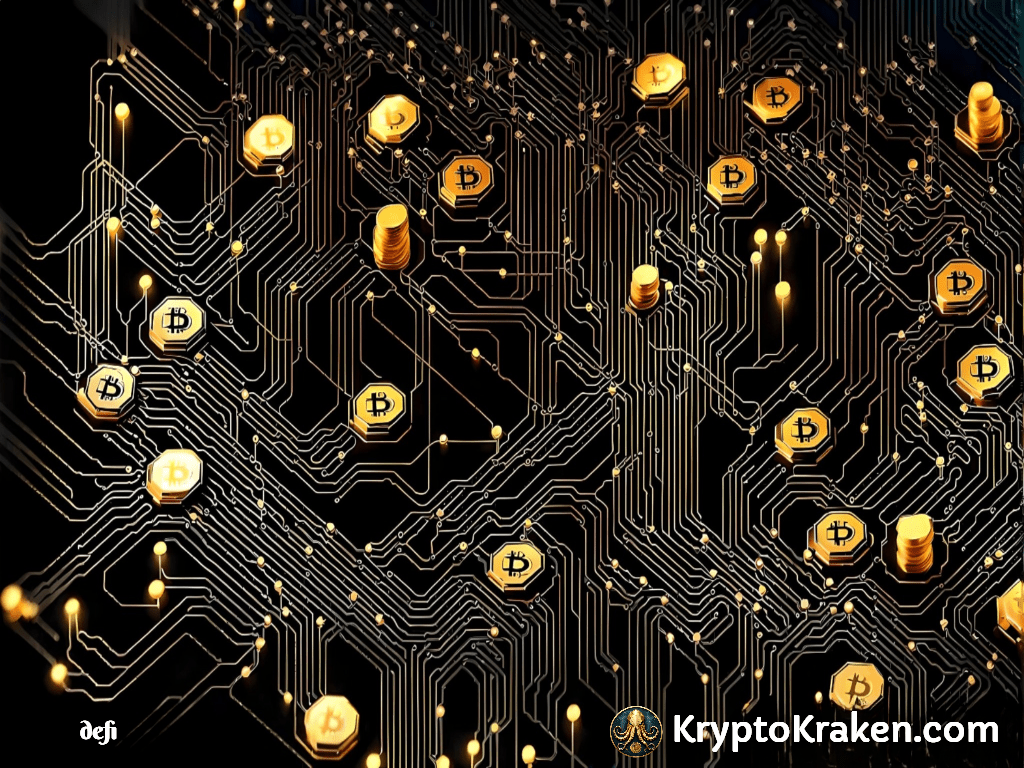

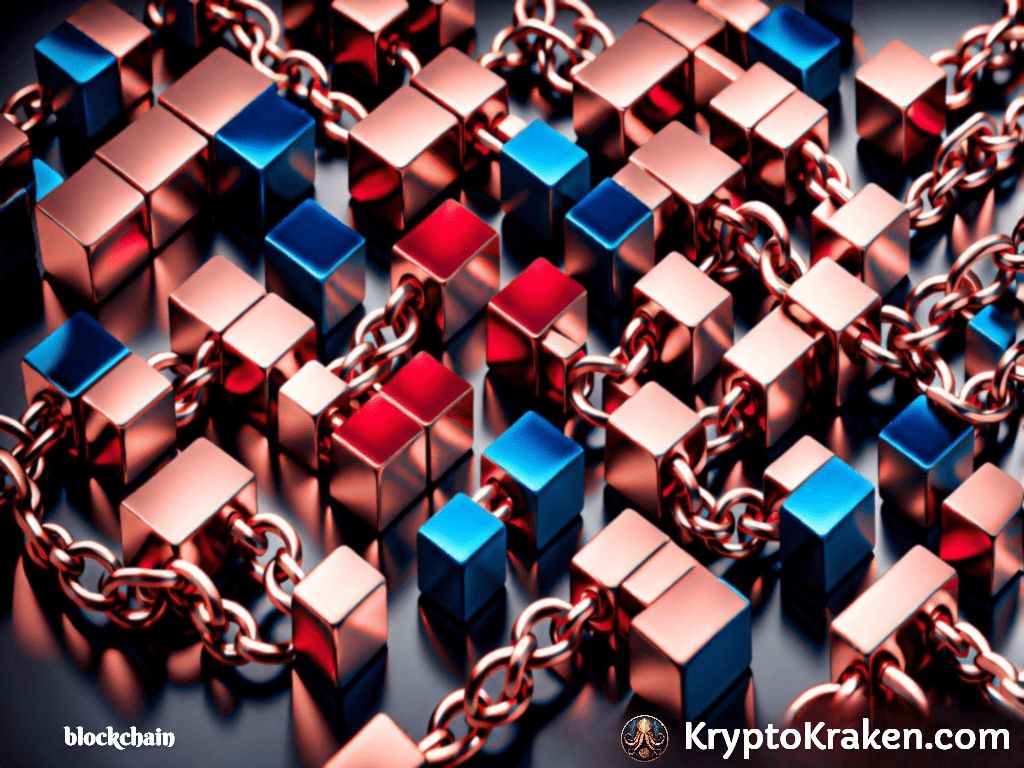






1 comment on “What Is Proof of Authority (PoA) and How Does It Work?”